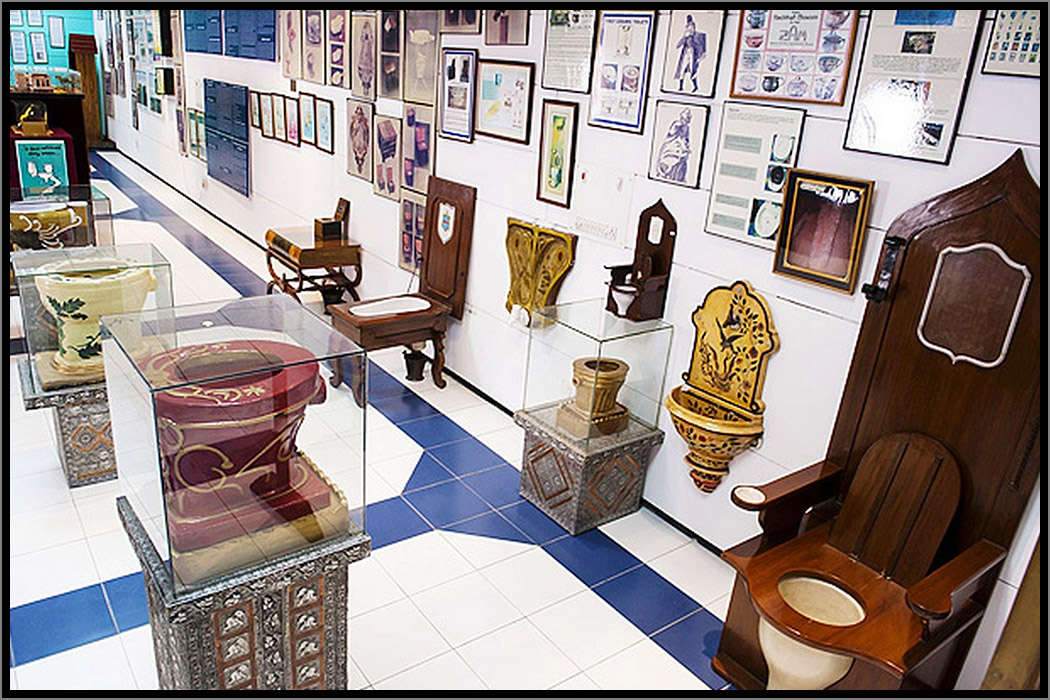Dirt Glitters
In short, not everything about sewers is synonymous with dirty and deplorable. From the ancient world to today, wastewater management has been one of civilisation's most outstanding achievements, with important repercussions for public and environmental health. It's a story that began long ago in 3000 B.C., the period to which the very first sewer system dates (found in the Indus Valley, between India and Pakistan).
In 2000 BC, the island of Crete was the site of the first WC (made of wood and ceramic, with a special underground drainage channel directed into a river). Then there was the most efficient network for drainage in antiquity, the Cloaca Maxima of Rome. But the wastewater itself, which was collected and discharged into rivers to improve hygiene in the city, also caused devastating epidemics.
Purification is, therefore, an essential operation of primary importance, and as Goethe said: "even dirt glitters when the sun shines". And that must be exactly what the founders of New Delhi's Sulabh International Museum of Toilets, the world's first toilet museum, were thinking.
Divided into three areas - ancient, medieval and modern - the museum opened thanks to the perseverance of a researcher who sent letters to over 100 embassies asking for information on the various types of toilets in their respective countries.
Incredibly, they all enthusiastically joined the effort, and one of the strangest museums in the world was born.





